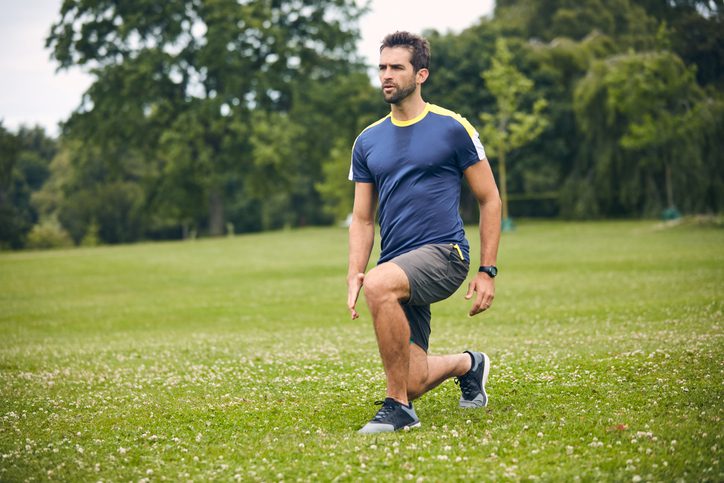All of us occasionally wonder what it would take to feel lighter on our feet, to surge up a hill instead of slogging or to find an extra gear in the last stretch of a run. You don’t need months of training to feel quicker on your runs, and we have a few smart changes that can make a difference within days (sometimes within moments). None of them involves fancy shoes, high-tech gear or expensive coaching. These simple adjustments will fire up your legs, clean up your stride and remind you what it feels like to really move.
Stride it out
Strides are short accelerations you tack on at the end of an easy run. They teach your legs how to turn over quickly without the strain of a full workout. Think of them as fine-tuning your form at faster speeds.
Get started today: After your next run, find a flat stretch of road or grass. Accelerate smoothly for 15–20 seconds, then walk back. Do four to six, keeping them relaxed and snappy.

Smooth is fast
Sometimes speed comes from small adjustments. Standing tall, leaning slightly forward from the ankles and keeping your arms swinging efficiently can all shave seconds off without extra effort.
Get started today: During your next run, check in with your posture every five minutes to maintain good form. Relax your shoulders, drive your elbows back and avoid overstriding.
The essential upper body workout for runners
Hills are speedwork in disguise
Hills naturally build strength and speed by forcing you to drive your knees and push off powerfully. Even a short incline can make a big difference.
Get started today: Find a hill that takes 20–30 seconds to climb. Run up at a steady, hard effort, then walk back down. Start with four repeats.

Turnover drills without running
Speed isn’t only built on the roads or trails. Simple drills can train your co-ordination so that when you run, your legs already know how to move quickly and efficiently. High knees, skips and fast-feet drills are staples for sprinters, and they can work wonders for distance runners, too.
Get started today: After your warm-up, do 2–3 rounds of 20 seconds of high knees or “quick feet” (tiny, fast steps in place). It wakes up your nervous system and makes your stride feel sharper once you start running.

Strength in the right places
A stronger runner is often a faster runner. Targeting your glutes, hamstrings and core helps you generate more power with each stride.
Get started today: Do three rounds of 10 walking lunges per leg, 30-second side planks and 15 glute bridges.














